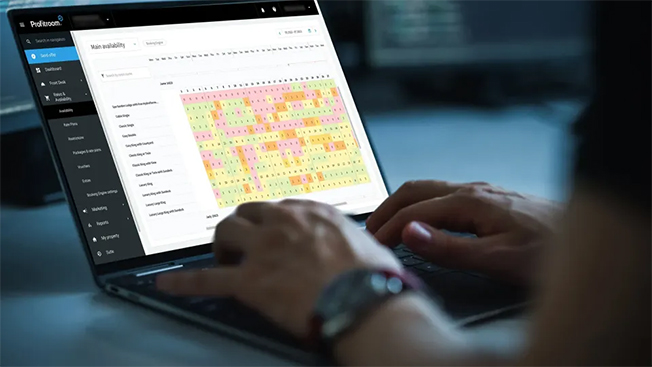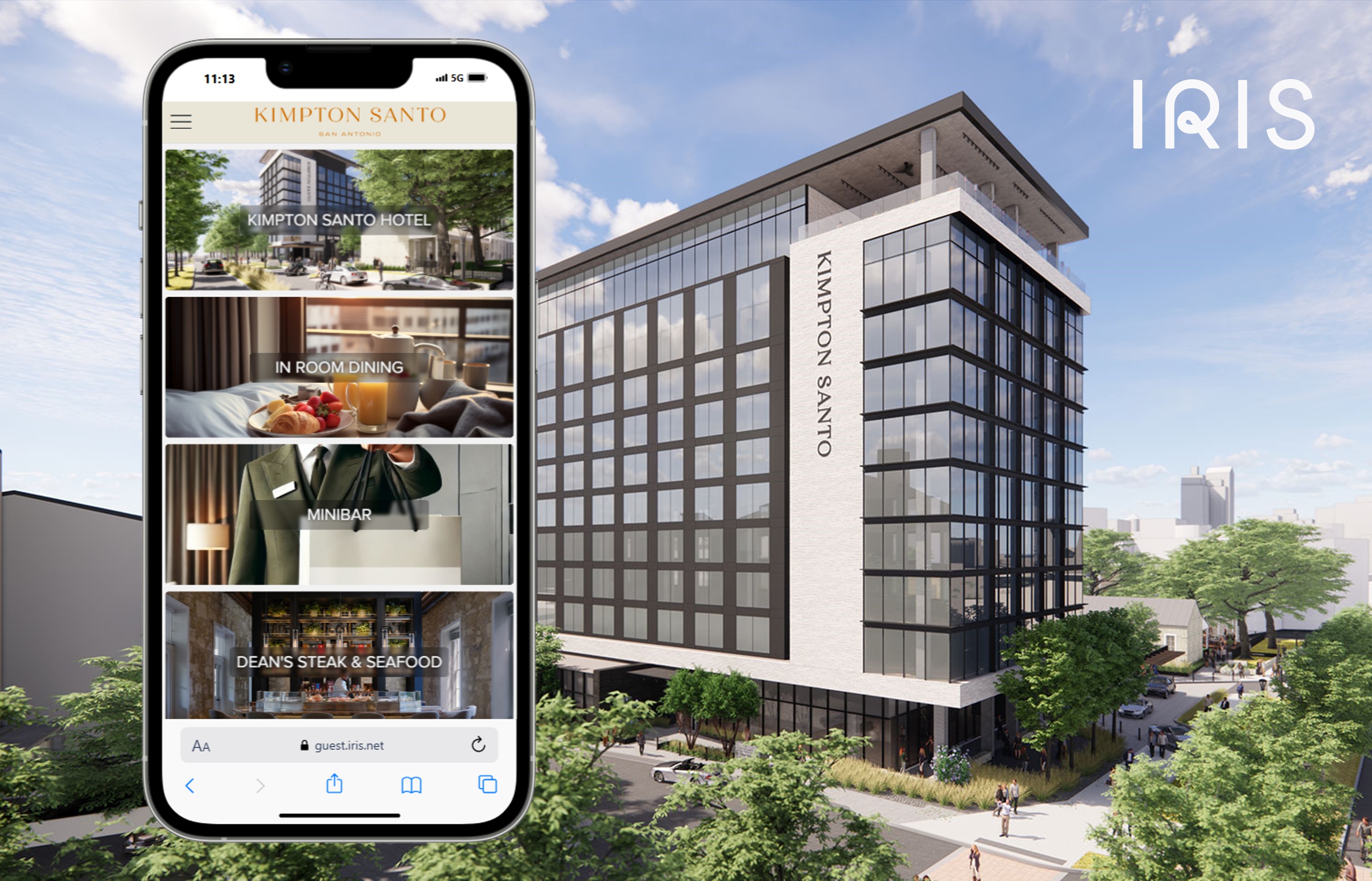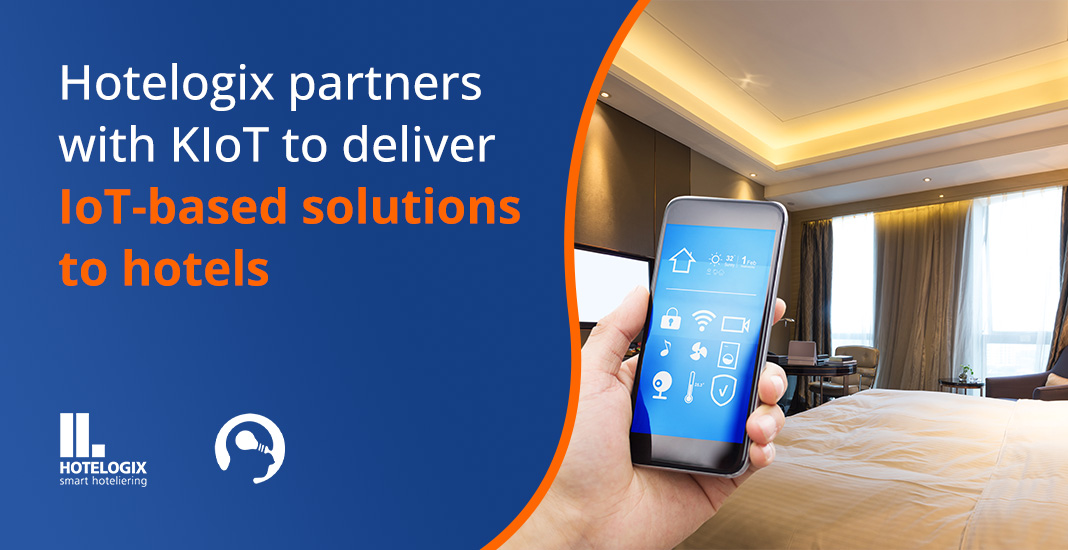

For some hoteliers, a Revenue Management System (RMS)
seems like the ticket to higher occupancy and room rates. Get the software,
input some data and away you go. Or something like that.
Designed to automate repetitive tasks, an RMS does save
time and is more efficient and accurate than a person. However, it’s not an
either/or scenario, as you’ll see below.
Consider the tasks of an RMS. It handles pickups,
cancellations, weather, market segment, demand, area events, and more. As an
algorithm, it’s constantly calculating and recalculating the best room rates
based on the current data. No data or incorrect data, and it can’t give
accurate information.
A Snapshot
of RMS
There are two types of RMS tools. One is “rule-based”,
and the other is AI-driven (which still has rules but is much more
sophisticated thanks to AI, artificial intelligence.)
1). Rule-based RMS: this type can be used by anyone
without experience in revenue management as it trivializes the discipline, so
this one doesn’t really need a revenue manager. This software is rudimentary
and, as such, gives limited results.
As hoteliers, you recognize there are dozens of variables
that affect pricing. Pickups, cancellations, weather, brand reputation, and
market segment are just a few.
The so-called “rule-based” use a basic algorithm that
usually manages one or two variables and automatically adjusts rates
accordingly. For example, they can recognize that higher market demand or hotel
occupancy is an opportunity for higher rates (if occupancy goes up by x,
increase price by y). Or they react in relation to competitive set pricing (if
compset price goes up by x, increase price by y). But they do not contextualize
and correlate all the possible variables among one another. Moreover, as a machine,
it can’t make the analytical decisions for things to change, leading to
increased demand.
Revenue management is a discipline with an ongoing
learning process. Hotels and market change. World events require recalibration
and an AI-driven RMS combined with a skilled revenue manager.
2). AI-driven RMS: it takes into account all these multiple
variables. Still, most importantly, they incorporate machine learning to
learn how humans (revenue managers) react to these variables to replicate their
behavior (increase or decrease prices and by what amount, or not change them at
all).
Machine
learning is part of AI (more on this below.) Whether chatbots, robots, or
AI-enabled RMS, the machine learns from the humans that operate it. They don’t
replace humans; they augment them.
The revenue managers are basically the “engineers” and
trainers, and without them most of modern RMSs would not even exist.
The Role
of the RMS
The AI-driven RMS and the revenue manager work together.
The software simplifies data collection, rate elaboration and online
distribution (provided a well-integrated open API connects the systems.)
When the revenue manager feeds the RMS the data ongoing,
the so-called “auto-pilot” integrates the machine's work and the human. For
example, with regular updates, the machine learning “learns,” and if the
revenue manager is off-duty, sick or overseeing other properties, its prices
are automatically adjusted and pushed online according to the revenue manager’s
data it’s learned on.
That’s why AI-based RMSs must be continuously accompanied
and monitored by skilled and professional human revenue managers in their
learning process.
Just as search engines evolved thanks to the software
engineers who understand and build complex algorithms, the predictions of your
RMS develop based on the revenue manager’s understanding of the data they
input.
An RMS is a sophisticated software, but it’s still only
software. It automates and crosschecks historical data, future data and current
market conditions to predict customer demand and make rate recommendations.
It’s a cross-section of data that helps a hotel discover the optimum timing and
market segments. Yet it takes a revenue manager to run the reports based on
variable factors and apply their proficient analytical skills to predict the
revenue potential.
As you can see, the RMS does the pricing automation, but
it’s the revenue manager who interprets the data and makes strategic
adjustments, training the machine on a regular basis.
We’ll share real-world examples below of successful
revenue management approaches but first, how does an RMS work?
Machine
Learning Underlies AI-Enabled RMS
Today’s RMS tools are built on AI (artificial
intelligence) and ML (machine learning.) AI and ML work together and become
more efficient over time as long as the revenue manager continues to feed the
data and make adjustments based on results. The machine learning part learns to
be more efficient with room pricing, and your revenue grows.
While the RMS simplifies the data gathering and makes
pricing suggestions and distributions, that’s where it ends, and the person
brings the strategic thinking. They can decide the segmentation, configure the
data to input, and suggest a commercial strategy.
Few GMs and hotel owners have the experience or time to
analyze the RMS data and make strategic adjustments. Revenue management
combines analysis, business intelligence, and cross-functionality to make
strategic decisions.
As a discipline, revenue management starts with the
strategy. The human revenue manager can read the data, ask the right questions,
and know what adjustments to make. You can think of it as hiring a skilled
surgeon vs. attempting your own surgery with some specific tools.
Without human interpretation, the software is almost
useless. It’s easy to enter the wrong information in the RMS if you don’t know
how to interpret the demand, historical data, and competitors.
Of course, you can get some results, but it’s not
efficient, and you won’t get the BEST results. For instance, if you’ve never
practiced revenue management and always had steady pricing, due to easy
comparison you’ll likely get some incremental revenue with a few pricing
changes from RMS and favorable market conditions (no pandemic, wars, natural
disasters etc.)
Yet, you won’t get as much as you could unless you add
human strategic thinking.
Get 3X the
Results with RMS + Revenue Manager
Imagine you’re a GM or owner of a small independent
hotel. You’re interested in using dynamic pricing to boost your daily room
revenue. Yet, as a small hotel, you don’t have a revenue manager, and you’re
not sure where to find one. Plus, you don’t want to hire someone.
As a result, you might think, “Let’s try out the software
and see how it goes.”
You find an RMS tool and subscribe.
At first, you’ll see incremental success. You'll see
results if you’ve never incorporated revenue management into your sales
strategy before. But it doesn’t guide you to strategic decisions.
For example, take room types. Could some of your double
rooms hold 3-4 people? Could you call them a family room or suite and charge
more?
The answer may be “yes.” But if you don’t put this
information in the RMS correctly, the software won’t help. It can only offer
results based on the data you decide to enter. So there’s always a human
decision behind the final automated output. The software doesn’t deal in the
realm of possibilities. But a skilled revenue manager can add analysis to the
mix.
They can ask questions like, “What happens if we add an
extra bed and sell these as family rooms?” If you change the room type, you
change the data and get different results. In this case, the RMS will recommend
a family room price in relation to a different level of demand.
Maybe you implement an RMS (software only) and see +10%
incremental revenue. That sounds great. However, on a sample of more than 2.000
properties worldwide, Franco Grasso Revenue Team found such incremental revenue
should be typically multiplied three times or more with an experienced revenue
manager behind the RMS.
While the software can automate pricing, it doesn’t
really provide insights on how to market and sell the rooms properly, which is
strictly connected to the process of pricing itself.
Reputation
Score and Distribution Affects Revenue Management
Trying distribution channels can help increase revenue
too. A human revenue manager can identify channels that attract different types
of clients. These could be more profitable than the +10% gain you enjoyed with
the software alone and could lead to a 30% boost, leading to a different level
of demand and therefore new pricing recommendations from the learning RMS.
Some channels are popular with specific market segments
or geographic regions. The human revenue manager will identify and add channels
to influence the marketing mix, demand, and pricing.
Here’s an example of relying solely on the technology
without human revenue managers. Paradoxically some hotels have allotments
promised to tour operators at contracted low rates or book groups months out at
fixed rates. Others close the OTAs when they shouldn’t.
Such scenarios render the RMS useless.
As a software tool, an RMS excels at repetitive tasks. It
analyzes data, provides pricing recommendations, and pushes the rates on online
channels. It’s accurate and efficient. Yet, it’s the person who brings the
skilled analysis.
They can assess things like minimum stay or
non-refundable rates vs flexibility. The latter offers visibility and bookings
via OTAs, website and offline. The RMS learns that by doing x, demand
increases.
Every time you change the scenario, the output changes.
A revenue manager might consider it worthwhile to invest
in amenities or additional services like parking, pool, spa, or an enhanced
breakfast. Even updated and inspiring pictures and descriptions can change the
demand and therefore pricing, and none of that can happen on autopilot.
One impactful tool is brand reputation. Your hotel’s
score on Booking.com, TripAdvisor, etc., impacts its visibility, and more
visibility often equals higher demand, occupancy and ADR. That’s good for
revenue.
Amenities are one way to boost your hotel’s brand
reputation. For example, this
ebook shows how the improvements in breakfast service, overseen by a
skilled revenue manager, boost brand reputation and visibility. These lead to
updated pricing via the RMS, thanks to increased demand.
The reputation score on the OTAs affects your revenue.
Imagine your hotel has an 8.7 on Booking.com and 4.5 on Tripadvisor. You
implement an RMS and see 15% incremental revenue. That sounds good, but what if
you had 9 on Booking.com and 5 on Tripadvisor? You could probably reach a 35%
increase and boost your ADR.
That’s not something software can help with on its own.
But a revenue manager can drive adjustments to boost the reputation scores and
feed the new data to the system for a better repricing.
Autopilot
and human activities
During normalized market patterns, autopilot is an
excellent resource to help revenue managers. However, the 2 years of pandemic
have somehow challenged this concept. This
article from Costar shows how some revenue managers in USA were forced to
switch off the autopilot, override rate recommendations and thinking outside
the box to capture alternative demand and driving business and profitability
beyond just pricing.
The invasion of Russia in Ukraine or some natural
disasters brought similar challenges to revenue managers in some (directly and
indirectly) affected countries. But the future can potentially hold even
positive events where revenue managers need to switch off the autopilot,
temporarily set a manual mode and train the machine with newer and more
relevant data.
Besides, the software alone can’t give insights into
investments or cutting costs, staff scheduling, and other key activities.
That’s too sophisticated for a machine.
Some analysts stated that RMSs will make revenue
management fully automated, in other words revenue managers won’t be needed
anymore. However, pricing and revenue management are not synonyms. Pricing is
just a small part of the broader and more complex world of revenue management,
namely the final part of the process. And while pricing can and should be fully
automated thanks to machine learning (where trainers are revenue managers by
the way), the entire process of revenue management simply cannot.
RMSs should be seen as a modern version of the Greek myth
of Centaurus. Humans can offer creativity and strategy, machines provide
efficiency and accuracy, and combined revenue will skyrocket.
Does it
Make Sense to Outsource Revenue Management or Hire In-House?
Independent and small hotels don’t have the same
resources as a well-known international hotel chain. Many well-known brands
spend between 5K and 10K dollars a month (or more) for a revenue manager and
RMS combined.
For example, brands such as CitizenM or Radisson Hotel
Group are technology-focused and look for ways to apply automation to their
processes. Yet, they always hire human revenue managers to oversee the RMS and
other automations. You can see the way they outline the duties in their job
listings.
Additionally, if you review the testimonials of the
primary AI-based RMSs on the market, you’ll see revenue managers or revenue
directors make them. These are the types of people who understand how to
configure, train and use the systems proficiently and profitably as they
studied the discipline. And it’s no coincidence the same AI-driven RMSs target
revenue managers (humans) with sponsored campaigns on LinkedIn and other
networks.
As mentioned earlier, combining revenue manager (human)
and RMS typically boosts a hotel’s revenue 3x. For example, if the software
alone improves incremental revenue by 100.000$ yearly, then a skilled Revenue
Manager using the RMS properly can get at least 300.000$.
Such a revenue potential is well worth the salary of an
experienced revenue manager (usually between 50 and 100K/year.). That’s why
chains invest large amounts of money on revenue management (humans plus
software) as the cost incidence on total revenue is really low, statistically
speaking between 1 and 5%.
However, it makes sense to outsource revenue management
for many small and independent hotels. Some outsourcing companies like the Revenue
Team by Franco Grasso allow hoteliers to turn revenue management into a
performance-based variable cost by providing both human revenue managers and
AI-based RMSs without fixed costs. Such outsourcing experts typically charge a
small percentage of incremental revenue vs the budget or the hotel’s best
historical performance. Such an arrangement is risk-free as you pay revenue
management only if it brings a real return.
Conclusion
Whether you consider revenue management as an in-house or
outsourced activity, one thing is sure: RMSs will never replace revenue
managers for the simple reason that revenue managers are the primary software
engineers and developers of all modern AI-driven RMSs.
Find out more about Revenue Team by Franco Grasso







